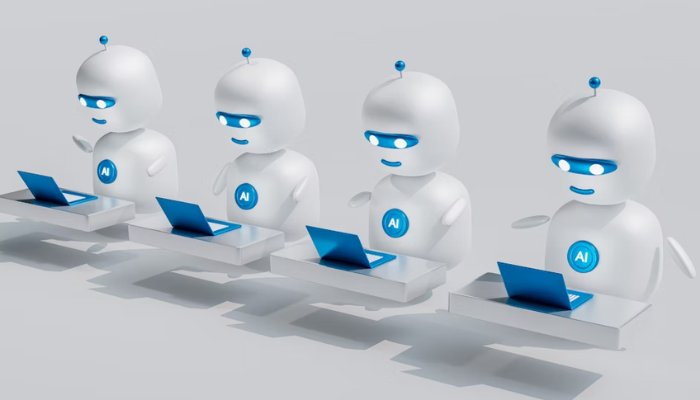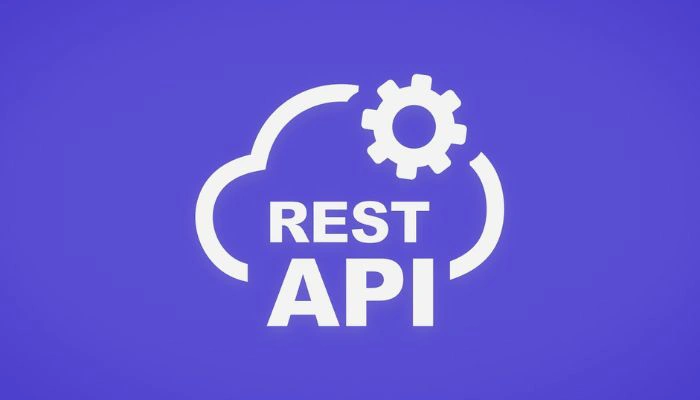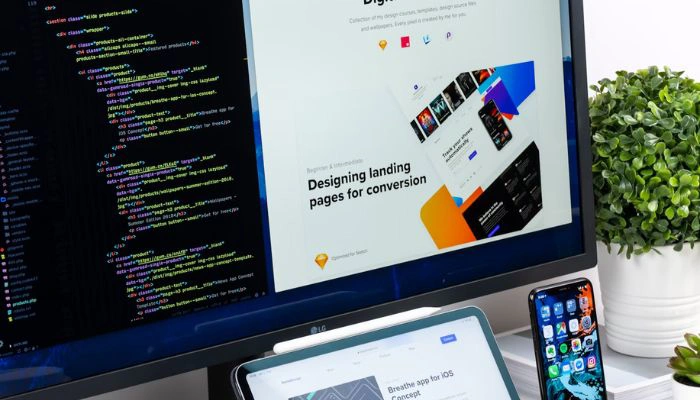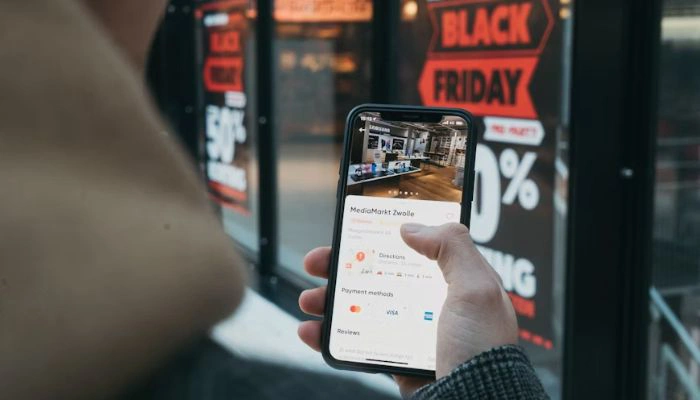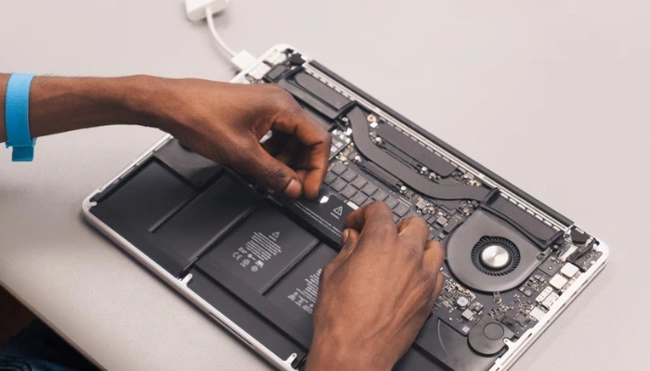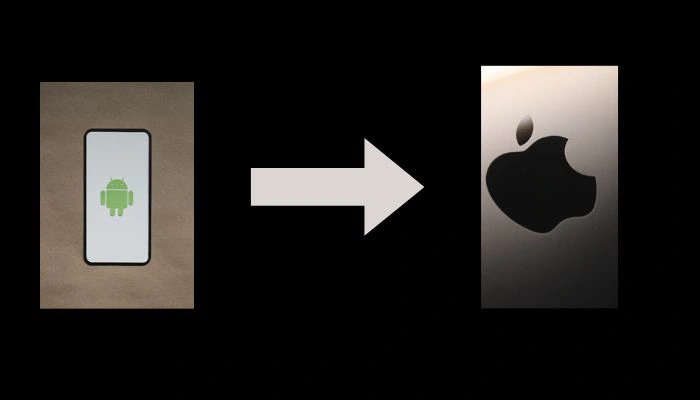Top Technologies Used in Mobile App Development
The mobile app landscape is an ever-evolving digital frontier, constantly reshaped by innovative technologies and shifting user expectations. From simple utility tools to sophisticated entertainment hubs and enterprise solutions, mobile applications have become indispensable in our daily lives. This rapid growth isn't just about more apps; it's about smarter, more secure, and seamlessly integrated experiences, driven by cutting-edge advancements.
Staying ahead in this dynamic environment requires a deep understanding of the technologies used in mobile app development. Businesses and developers alike must constantly adapt to leverage the most effective tools and platforms to create applications that truly stand out. This article will delve into the top 10 technologies currently shaping the mobile app development sphere, exploring how they are revolutionizing everything from performance to user engagement and security.
Join us as we navigate the exciting world of mobile app innovation, highlighting the key technologies that are not just trends but fundamental pillars of modern app creation. Whether you're an aspiring developer, a business looking to launch a new app, or simply curious about the digital forces at play, this comprehensive guide will equip you with valuable insights into the future of mobile experiences.
Core Technologies Used in Mobile App Development: The Foundation

Mobile app development relies on a diverse set of technologies, each playing a crucial role in building robust, performant, and user-friendly applications. Understanding these foundational elements is key to appreciating the complexities and possibilities within this field.
1. Programming Languages and Frameworks
The choice of programming language and framework is often the first and most critical decision in mobile app development. These determine the app's performance, development speed, and ultimately, its reach.
Native Development Languages: For platform-specific excellence, native languages remain paramount.
- Swift/Objective-C (iOS): Swift is Apple's modern, powerful, and intuitive programming language for building iOS, iPadOS, macOS, watchOS, and tvOS apps. It offers a safe programming pattern and adds modern features to make programming easier and more enjoyable. Objective-C, while older, is still in use for legacy projects.
- Kotlin/Java (Android): Kotlin has quickly become the preferred language for Android app development, officially endorsed by Google. It's concise, interoperable with Java, and offers features that enhance developer productivity and code safety. Java, the veteran, still powers a vast number of Android apps and remains a strong choice for its extensive ecosystem and community support.
Cross-Platform Frameworks: The demand for cost-effective and time-efficient development across both iOS and Android has propelled cross-platform frameworks into the limelight. These allow developers to write code once and deploy it on multiple platforms.
- Flutter (Google): Developed by Google, Flutter is an open-source UI toolkit for building natively compiled applications for mobile, web, and desktop from a single codebase. Its "hot reload" feature and rich widget library significantly speed up development and enable beautiful, highly performant UIs.
- React Native (Facebook/Meta): Leveraging JavaScript, React Native allows developers to build native mobile apps using a component-based approach familiar to web developers. It offers a large community and a vast ecosystem of libraries, making it a flexible choice for various app types.
- Xamarin (Microsoft): Xamarin enables developers to build cross-platform apps using C# and .NET. It provides a shared codebase for business logic while allowing for platform-specific UI customization, making it suitable for enterprises leveraging Microsoft technologies.
2. Backend Technologies
While users interact with the frontend of an app, a robust backend is essential for data storage, server-side logic, user authentication, and integration with external services.
Cloud Platforms: Cloud computing has revolutionized backend development, offering scalable, flexible, and cost-effective infrastructure.
- AWS (Amazon Web Services): A comprehensive suite of cloud services offering everything from computing power (EC2) to databases (DynamoDB, RDS), storage (S3), and serverless functions (Lambda). It's highly scalable and widely adopted for mobile backends.
- Google Cloud Platform (GCP): Google's cloud offering provides similar services to AWS, with strengths in machine learning tools, BigQuery for data warehousing, and Firebase for mobile and web app development.
- Microsoft Azure: Microsoft's cloud platform provides robust services for mobile app backends, including databases, AI services, and seamless integration with existing Microsoft technologies.
Database Management Systems: Choosing the right database is crucial for efficient data handling.
- NoSQL Databases (MongoDB, Cassandra, Firebase Realtime Database): Ideal for handling large volumes of unstructured or semi-structured data, often used for scalable mobile applications that require flexible data models.
- SQL Databases (PostgreSQL, MySQL, SQL Server): Best suited for applications requiring structured data, complex queries, and strong transactional consistency.
=> Get Android Application Development Services now
Emerging Technologies Revolutionizing Mobile App Development

Beyond the foundational tools, several emerging technologies used in mobile app development are pushing the boundaries of what's possible, creating more immersive, intelligent, and secure mobile experiences.
1. Artificial Intelligence (AI) and Machine Learning (ML)
AI and ML are no longer just buzzwords; they are actively being integrated into mobile applications to enhance personalization, automation, and user engagement. From intelligent search functionalities to predictive analytics and natural language processing, AI/ML is transforming how apps interact with users and process data.
- Personalized Experiences: AI algorithms analyze user behavior to provide tailored content, recommendations, and interfaces. Think of streaming services suggesting movies or e-commerce apps recommending products based on past purchases.
- Voice Assistants and Chatbots: AI-powered chatbots and virtual assistants offer instant customer support, automate tasks, and provide intuitive voice-controlled interfaces, making apps more accessible and efficient.
- Image and Object Recognition: Mobile apps leverage ML to identify objects, faces, and scenes in images, enabling features like visual search, augmented reality filters, and even medical diagnoses.
- Predictive Analytics: AI can analyze historical data to predict future user actions, allowing apps to proactively offer relevant information or services, improving user satisfaction and retention.
2. Internet of Things (IoT) Integration
The proliferation of smart devices has led to a surge in IoT-enabled mobile applications. These apps serve as control centers for connected devices, offering seamless interaction between the digital and physical worlds.
- Smart Home Automation: Mobile apps control smart thermostats, lighting, security cameras, and appliances, offering convenience and energy efficiency.
- Wearable Technology: Apps for smartwatches, fitness trackers, and other wearables collect and analyze health data, provide notifications, and enable remote control of smartphone functions.
- Connected Vehicles: Mobile apps allow users to remotely monitor and control vehicle functions, such as locking/unlocking doors, checking fuel levels, and even starting the engine.
- Industrial IoT: In enterprise settings, mobile apps integrated with IoT sensors facilitate asset tracking, predictive maintenance, and remote monitoring of industrial equipment.
3. Augmented Reality (AR) and Virtual Reality (VR)
AR and VR are creating immersive and interactive mobile experiences, blurring the lines between the digital and real worlds.
- AR in Retail: Apps allow users to virtually try on clothes, visualize furniture in their homes, or preview products in their environment before making a purchase.
- Gaming and Entertainment: AR and VR enhance mobile gaming with interactive elements overlaid on the real world, and create highly immersive virtual experiences.
- Navigation and Education: AR overlays directions onto real-world views, and offers interactive educational content that brings subjects to life.
4. Blockchain Technology
While often associated with cryptocurrencies, blockchain's decentralized and secure nature is finding applications in mobile apps beyond finance.
- Enhanced Security: Blockchain provides immutable ledgers for secure transactions, data storage, and identity verification, reducing the risk of fraud and data breaches.
- Decentralized Applications (dApps): Mobile dApps leverage blockchain for peer-to-peer interactions, transparent data management, and censorship resistance.
- Secure Payments: Blockchain-based payment solutions offer faster, cheaper, and more secure transactions directly from mobile devices.
5. 5G Connectivity
The rollout of 5G networks is fundamentally changing mobile app development by providing unprecedented speed, low latency, and massive connectivity.
- Real-time Applications: 5G enables ultra-fast data transfer, facilitating real-time gaming, live streaming, and instant communication without lag.
- Enhanced AR/VR Experiences: The high bandwidth and low latency of 5G are crucial for delivering seamless and highly realistic AR and VR experiences on mobile devices.
- Edge Computing: 5G facilitates edge computing, where data processing occurs closer to the source (the mobile device), reducing reliance on distant cloud servers and improving responsiveness.
6. Progressive Web Apps (PWAs)
PWAs combine the best of web and native applications, offering a fast, reliable, and engaging user experience directly through a web browser.
- No Installation Required: Users can access PWAs instantly via a URL, eliminating the need for app store downloads.
- Offline Capabilities: PWAs can function offline or on low-quality networks, providing a consistent user experience regardless of connectivity.
- Native-like Experience: With features like push notifications, home screen icons, and responsive designs, PWAs deliver a smooth, app-like feel.
=> Get iOS Application Development Services Now!
Future Outlook and Key Considerations
The landscape of mobile app development is in a constant state of flux. To stay competitive and deliver exceptional user experiences, developers and businesses must continue to monitor and adapt to these evolving technologies used in mobile app development.
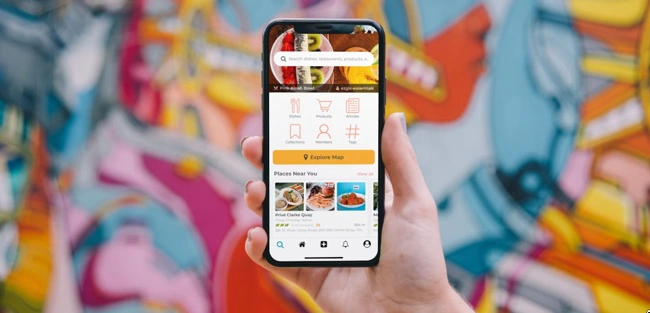
Here's a table summarizing some key technologies and their primary benefits:
| Technology Category | Key Technologies/Examples | Primary Benefits |
| Native Development | Swift, Kotlin, Java, Objective-C | Optimal performance, access to device features, superior user experience |
| Cross-Platform Dev | Flutter, React Native, Xamarin | Faster development, single codebase for multiple platforms, cost-effective |
| Backend & Cloud | AWS, GCP, Azure, MongoDB, PostgreSQL, Firebase | Scalability, data management, security, powerful infrastructure |
| AI & Machine Learning | TensorFlow, Core ML, Natural Language Processing (NLP) | Personalization, automation, predictive analytics, intelligent features |
| Internet of Things | IoT platforms, device integration APIs | Seamless device control, data collection from smart devices, home automation |
| Augmented/Virtual Reality | ARKit, ARCore, Unity, Unreal Engine | Immersive experiences, interactive content, enhanced visualization |
| Blockchain | Ethereum, Hyperledger, Decentralized Apps (dApps) | Enhanced security, transparency, decentralization, secure payments |
| 5G Connectivity | High-speed networks, edge computing | Ultra-fast data transfer, low latency, real-time applications, enhanced AR/VR |
| Progressive Web Apps | HTML5, CSS3, JavaScript, Service Workers | Instant access, offline capabilities, native-like experience without installation |
| Cybersecurity Tools | Encryption, secure coding practices, penetration testing | Data protection, fraud prevention, user trust |
The rapid pace of technological advancement means that security remains a paramount concern. As apps integrate with more complex systems and handle sensitive user data, robust cybersecurity measures are no longer optional but essential. Developers must prioritize secure coding practices, data encryption, and regular security audits to protect against vulnerabilities.
The focus will increasingly be on creating intelligent, context-aware applications that anticipate user needs and deliver hyper-personalized experiences. Integration with other emerging technologies, such as haptic feedback and advanced biometrics, will further enhance the intimacy and intuitiveness of mobile interactions.
Conclusion
The world of mobile app development is a vibrant ecosystem driven by continuous innovation. The technologies used in mobile app development are constantly evolving, pushing the boundaries of what applications can achieve. From the robust foundations of native and cross-platform frameworks to the transformative power of AI, IoT, AR/VR, and blockchain, the future of mobile experiences promises to be more intelligent, interconnected, and immersive than ever before. Staying informed about these latest trends and embracing new tools will be crucial for anyone looking to make a mark in this exciting industry.

